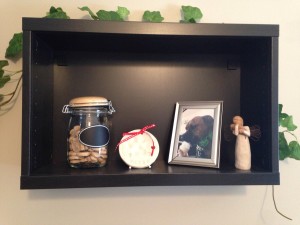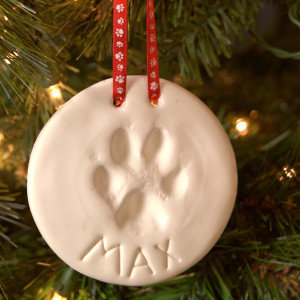 By Katie Anderson
By Katie Anderson
As your beloved dog or cat ages, you may begin to notice changes in their mobility. Stairs become more difficult, and your pet may lose the ability to jump on to your bed or the car seat. Mobility loss may begin as lameness or a new sway in your pet’s stride, which can progress to trouble walking. Many large breed dogs experience weakness in their rear legs and struggle to stand up unaided. Decreased mobility can be caused by chronic diseases (such as arthritis, hip dysplasia, or degenerative myelopathy), sudden injury, or simply the effects of age. Sometimes, all of these can be factors. Unfortunately, many chronic diseases are not curable. The good news is that there are a number of strategies and mobility assistance devices that can help your pet move around with more ease.
Ways you can help your pet cope with mobility loss:
• Weight Loss or Maintenance – If your pet is overweight, weight loss will be the number one way in which to improve mobility, and thus quality of life. It’s important to remember that pets who are experiencing mobility loss are moving around less and thus burning fewer calories. Even if your pet is at the correct weight, it’s important to monitor his or her diet and watch for weight gain. Your veterinarian can help you develop an individualized nutritional plan to achieve weight loss or maintenance goals.
• Low-Impact, Controlled Exercise – If your elderly pet is mobile, taking daily short walks or swims will help maintain or build muscle to support arthritic joints. Daily exercise will also help with your weight loss or weight maintenance goals.
• Traction – Provide runners, rugs, bath mats or yoga mats on hard surfaces to help minimize unsteadiness and slipping. Toe grips, small rubber or plastic pieces that slip on to your pet’s nails, can also be applied to reduce slipping on hard surfaces.
• Stairs – Multi-level dwellings can prove to be a big obstacle for dogs and cats alike. Blocking off the stairs and keeping the pet on one level, or providing traction and other assistance when going up or down the stairs may be necessary.
• Food and Water Bowls – Ensure that there is easy access to water and food and consider multiple water bowls around the home. For cats, place food and water bowls on lower surfaces or on the floor. Many older cats, and those with other disabilities, are unable to jump on high surfaces. If other pets are a concern, separate your cat for feedings behind a closed door or baby gate.
• Litter Box Placement – Uncover litter boxes and use boxes that have low entry points. Also, no more that 1-2 inches of litter depth is recommended as deeper litter can be difficult for you cat to walk through.
• Frequent Visits Outside to Urinate and Defecate – Pain can cause a dog to hold off urinating or defecating. The squatting necessary to eliminate can be painful, so a pet will avoid doing it until they can’t hold it any more. By allowing more time outside, making more frequent trips, and/or using a harness or towel to help hold them up, you can decrease accidents in the house and decrease the shame that many pets feel when they do go to the bathroom inappropriately.
• Harnesses – you can make your own harness, or sling, by placing a beach towel or other large piece of soft material under your pet’s abdomen (belly) to help in lifting up, moving forward or going up and down stairs. Harnesses that can also be purchased include:
○ Walkabout Rear Harness
○ Gingerlead Dog Support and Rehabilitation Harness
○ Help’Em Up Harness
• Comfort and Hygiene – With decreased or incomplete mobility, your pet may groom less (cats especially) and lie around more (dogs especially). Matting of the haircoat, urine scald (if lying in urine) and “bed sores” from pressure of joints on hard surfaces are just some of the problems that can occur. Frequent coat brushing, wet or dry shampoo bathing as needed, and a soft and washable orthopedic bed are ways to improve hygiene and comfort.
• Pain Medications – Medications can be used to decrease inflammation and pain associated with many chronic conditions. Your veterinarian can help determine which medications may be appropriate for your pet.
• Passive Range of Motion (PROM) Exercises – these are gentle movements of the joints through flexion and extension which should NEVER produce pain. Toes, wrists, ankles, knees, hips, shoulders, neck and spine can benefit from these movements. Click here to see an example of PROM.
• Physical Therapy – rehabilitation services are available in the Twin Cities for a fee and require taking your pet to the facility. The specialized training and equipment/facilities can provide more intensive muscle and joint work than you can provide at home. Two locations include:
–Twin Cities Animal Rehabilitation and Sports Medicine Clinic in Burnsville – Please let us know if you would like a referral.
–University of MN Veterinary Medical Center Rehab Services in St. Paul – Please let us know if you would like a referral.
• Massage and Acupuncture– You can provide massage to increase contact and bonding, improve your pet’s well-being, and provide comfort and relief. Massage should not cause pain but allow for relaxation and loosening of muscles. Click here to see an example of massage. You can also schedule an in-home visit with our recommended certified animal massage practitioner, Aimee Johnson. Our certified veterinary acupuncturist, Dr. Catherine Hageman, can also provide services to help relieve pain in elderly pets.
Many elderly pets experiencing mobility loss remain happy and healthy otherwise. For these pets, making a few simple accommodations such as the ones listed above can help them maintain a good quality of life in their old age. Management of decreased or absent mobility in your pet affects not only the pet, but you as the caregiver, and it’s important to consider your lifestyle in deciding which of these accommodations will work for you.


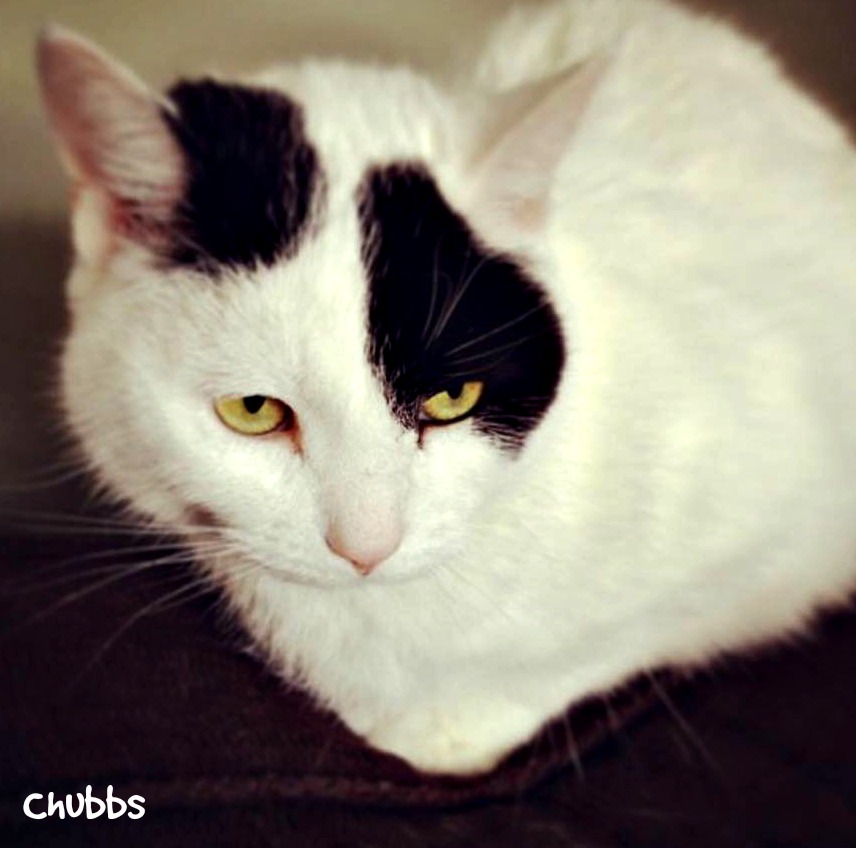
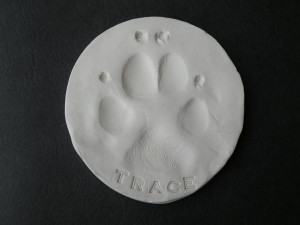
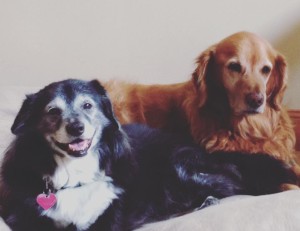
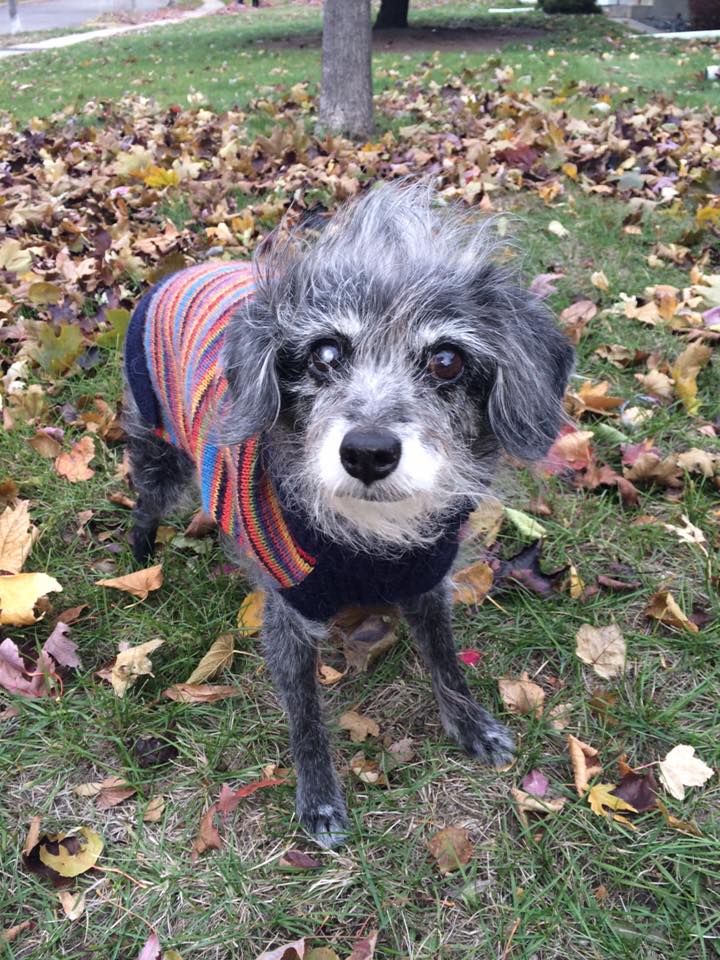

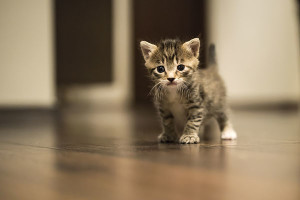 Why do I want a new pet?
Why do I want a new pet?